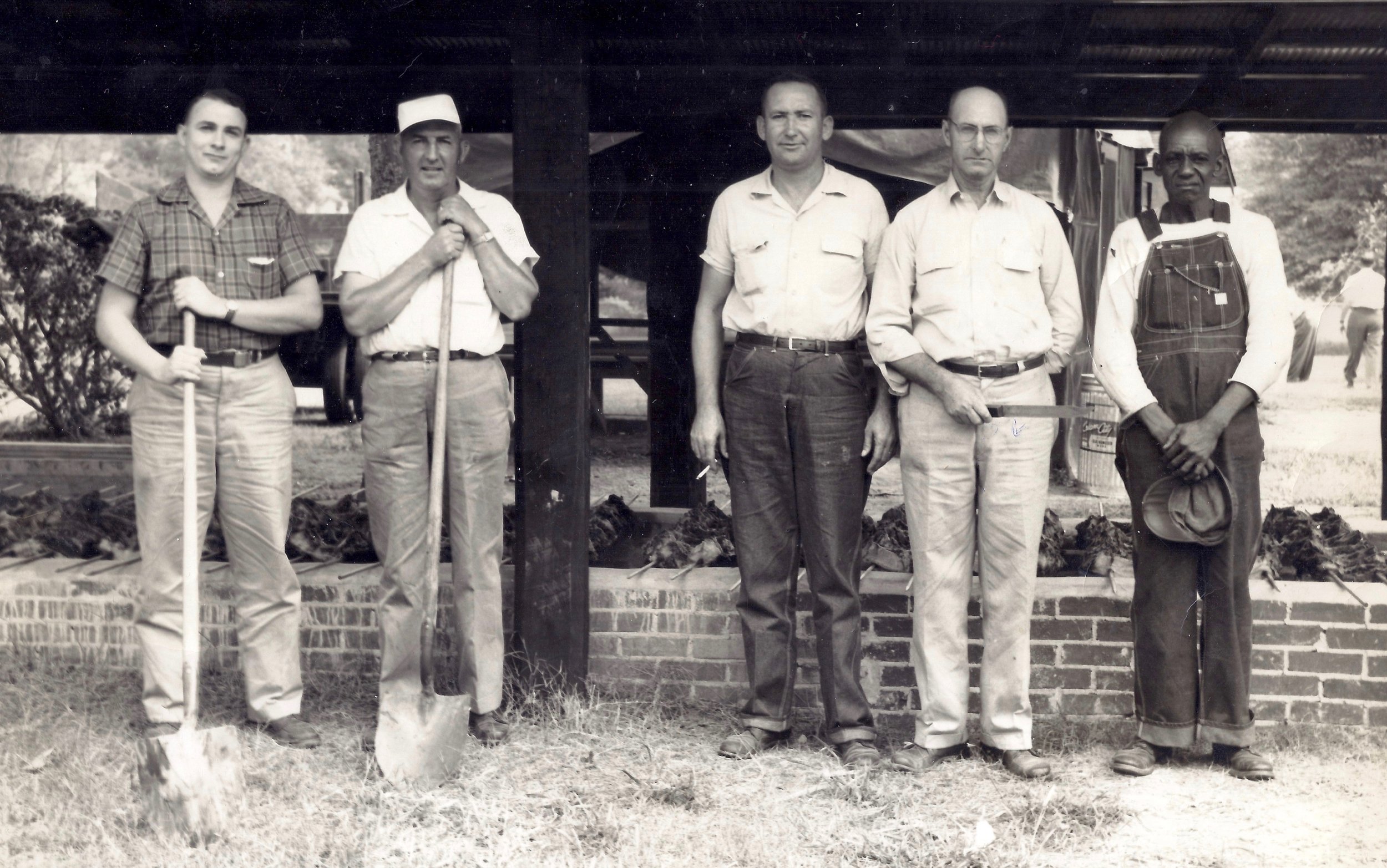I’ve tried a lot of barbecue, but I never had barbecued bison ribs until I visited Denver this week to talk about "Smokelore" and the history of barbecue at the invitation of Colorado Humanities and culinary historian Adrian Miller (below). The event sold out, which made this Georgia boy feel very welcome.
I confess that I don’t have much about Colorado in my book. When we think of Western barbecue, we tend to concentrate on Texas and the long shadow of Kansas City, and then it’s hundreds of miles of fly-over country until you get to Santa Maria barbecue in California. But there’s a lot to see in Colorado, barbeculturally speaking.
I talked about the Denver barbecue riot of 1898, a melee that erupted when 30,000 people showed up for a livestock show barbecue intended for 4,000. And we talked about "Daddy Bruce" Randolph, the late, beloved Denver barbecue man who fed thousands at charity dinners every Thanksgiving for years. They named a street after him.
Colorado barbecue is heavy on beef, as most Western barbecue is, with occasional forays into lamb and bison. Adrian. my host (who is working on a book about African Americans and barbecue called "Black Smoke”) took me to Roaming Buffalo, a top-ranked barbecue restaurant where the owners, Coy and Rachael Webb, served us samples of their bison ribs. They were charred and rich-tasting and made me feel like Fred Flintstone digging into dino-ribs at the that prehistoric drive-in.
The meat-fest continued at my talk, catered by Rolling Smoke BBQ of Aurora, as pit master Terry Walsh served us barbecued rack of lamb. Wow. I need to switch to smoked tofu for a few days.
Many thanks to Margaret Coval and everyone else at Colorado Humanities, to the Cheluna Brewing Co. (which hosted the event), and to Adrian, who instigated my visit and wants to build barbecue awareness in his beautiful hometown of Denver. It was a blast.





